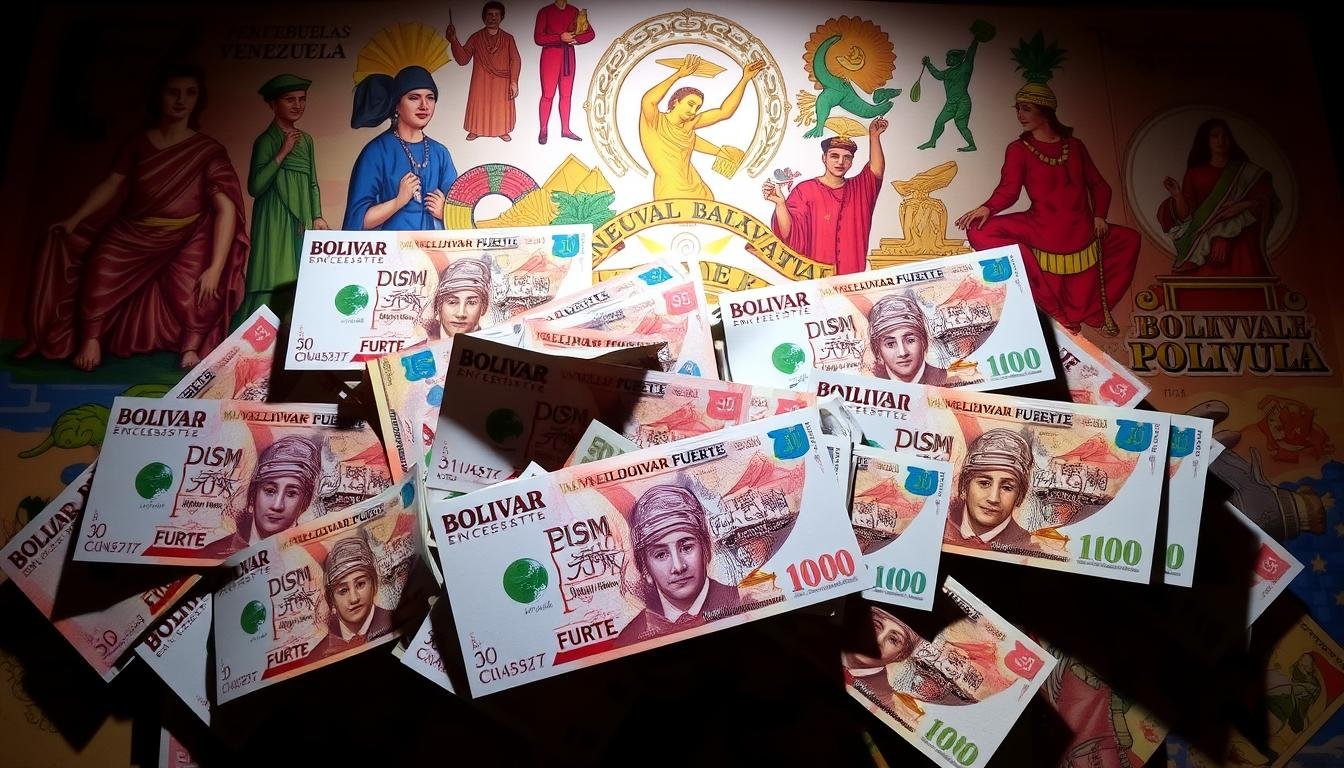
The bolivar fuerte currency is key to Venezuela’s economic story. It was introduced in 2007, replacing older versions. It had 13 denominations from 2 to 100,000 Bolivar Fuertes1. This currency was made to fight inflation.
The bolivar fuerte was Venezuela’s currency from 2008 to 2018. We’ll look at its features, history, and how it affected Venezuela’s economy. This will help you understand the bolivar fuerte currency2.
Key Takeaways
- The bolivar fuerte currency was introduced in 2007 to replace the 2000-2006 bolivares series.
- The bolivar fuerte currency was used as the official currency of Venezuela from 2008 to 2018.
- The Venezuelan currency, or bolivar fuerte, has experienced significant inflation, with an average annual inflation rate of over 8000% in the past decade2.
- The bolivar fuerte currency has 13 denominations, ranging from 2 to 100,000 Bolivar Fuertes.
- The bolivar fuerte currency has been impacted by the country’s economic challenges, including hyperinflation and a scarcity of physical cash.
- The government’s attempts to control the exchange rate and stabilize the bolivar fuerte currency have met with limited success3.
Understanding the Bolivar Fuerte Currency
The Bolivar Fuerte was introduced in 2008 to help Venezuela’s economy. It replaced the old Bolivar at a 1,000 to 1 ratio4.
What is the Bolivar Fuerte?
The Bolivar Fuerte (VEF) is Venezuela’s new currency. It was made to bring back confidence and fight inflation. It was first tied to the US dollar to help the economy recover4.
Key Features and Denominations
The Bolivar Fuerte has many denominations for everyday use. Banknotes range from 500 to 100,000 VEF. Coins are for smaller amounts. High-value banknotes were made to make transactions easier with rising costs4.
Currency Symbol and International Code
The Bolivar Fuerte is marked with Bs.F and has the code VEF. These symbols help figure out the exchange rate bolivar fuerte. They also help convert fuerte bolivar to USD worldwide4.
| Denomination | Type |
|---|---|
| 500 VEF | Banknote |
| 1,000 VEF | Banknote |
| 2,000 VEF | Banknote |
| 5,000 VEF | Banknote |
| 10,000 VEF | Banknote |
| 20,000 VEF | Banknote |
| 100,000 VEF | Banknote |
Historical Background of Venezuelan Currency
The bolivar was named after Simón Bolívar and started in 1879, replacing the venezolano. For nearly a century, it was a stable currency, backed by silver and then gold5.
In 1934, the bolivar was tied to the U.S. dollar at a rate of 3.914 bolivars to 1 USD. This move made it even more stable5. But, in 1983, a drop in oil prices and growing debt led to “Black Friday.” This caused a big drop in the bolivar’s value and a switch to the bolivar fuerte (VEF)5.
To fight inflation, Venezuela has changed its currency several times:
- In 2008, the bolivar fue was introduced, with 1 VEF equal to 1,000 VEB6.
- In 2018, the bolivar soberano was introduced, cutting six zeros to fight hyperinflation5.
- In 2021, the new bolivar was introduced, with a 1:1,000,000 ratio, due to ongoing economic issues7.
Despite these changes, hyperinflation continued, with a 114.10% rate in 20226. By September 25, 2024, the official exchange rate was Bs.D 36.8507 per USD. The parallel rate was Bs.D 44.396. These problems have led many to use U.S. dollars or cryptocurrencies instead6.
| Year | Currency | Exchange Rate |
|---|---|---|
| 2008 | Bolivar Fuerte (VEF) | 1 VEF = 1,000 VEB |
| 2018 | Bolivar Soberano (VES) | 1 VES = 100,000 VEF |
| 2021 | New Bolivar (VEF) | 1 New Bolivar = 1,000,000 VES |
The Role of Bolivar Fuerte in Venezuela’s Economy
The Bolivar Fuerte plays a key role in the Venezuelan economy. It serves many functions, despite facing big challenges.
Economic Functions
- Medium of exchange for daily transactions.
- Store of value amidst economic instability.
- Unit of account for pricing goods and services.
Monetary Policy Impact
In 2008, the Bolivar Fuerte was introduced at a rate of one to one thousand original bolivars. This was to fight high inflation8. But, inflation went over 800% in 2016, making the bolivar crisis worse8. These steps were meant to stabilize the economy but hit many roadblocks.
Banking System Integration
Getting the Bolivar Fuerte into the banking system was key for financial stability. But, strict currency controls from 2003 made this hard8. The official exchange rate’s 32% devaluation hurt the banking sector, raising import costs and affecting the economy9.
| Year | GDP Change | Inflation Rate | Exchange Rate (BsF to USD) |
|---|---|---|---|
| 2012 | +5.5% | 20% | 4.3 |
| 2015 | -5% | 180% | 6.39 |
| 2016 | -19% | 800% | 189 |
| 2019 | — | 10,000,000% | — |
Currency Exchange Fundamentals
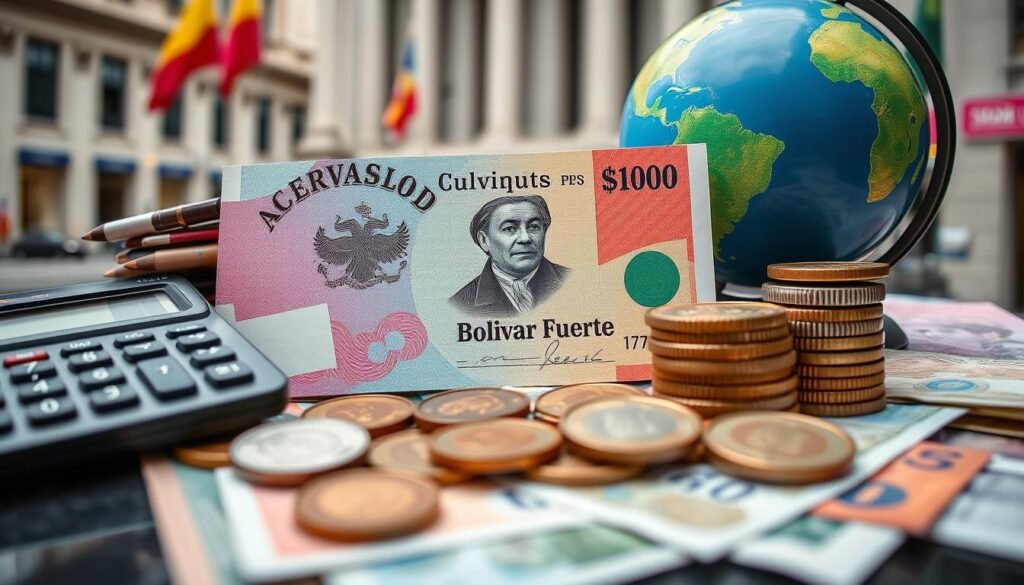
Understanding the exchange rate bolivar fuerte is key. It involves knowing official rates and the bolivar black market. The Venezuelan government sets official rates, but frequent devaluations have led many to seek alternatives.
The official fuerte bolivar to USD rate has seen big changes over time. Often, it doesn’t match the true market value. This gap has made the black market more popular, where the bolivar’s value can be very different from official rates.
- High inflation rates significantly impact exchange rates10
- Government policies and monetary adjustments11
- Supply and demand dynamics in the black market12
It’s important to understand these factors for effective currency exchange. For example, the bolivar black market often shows a more accurate value against the USD. This is true, even when the economy is unstable.
| Period | Official Rate (VES to USD) | Black Market Rate (VES to USD) |
|---|---|---|
| 2018 | 1 VEF = 0.10 USD | 1 VEF = 0.05 USD |
| 2020 | 1 VEF = 0.20 USD | 1 VEF = 0.04 USD |
| 2023 | 1 VES = 0.005 USD | 1 VES = 0.25 USD |
Navigating Daily Transactions with Bolivar Fuerte
Handling everyday expenses in Venezuela has grown harder. The Bolivar Fuerte, Venezuela’s official currency, has seen big changes. These changes aim to deal with the country’s economic ups and downs.
Cash Payments
Dealing with cash is tough because of high inflation. This has led to the creation of bigger Bolivar Fuerte bills1314. For many, making everyday buys is now a big challenge.
Digital Transactions
Digital payments are becoming more common. They offer a way to avoid the hassle of carrying lots of cash. This makes doing business and personal transactions easier.
Payment Security Measures
Keeping transactions safe is very important. There are steps taken to protect both cash and digital payments. These steps help keep trust in Venezuela’s currency, even with economic issues.
| Transaction Method | Description | Security Features |
|---|---|---|
| Cash Payments | Use of large Bolivar Fuerte denominations for daily purchases | Watermarks and security threads in banknotes |
| Digital Transactions | Electronic transfers and point-of-sale systems | Encryption and two-factor authentication |
For more insights on managing funds with the Venezuelan currency, visit this guide.
Understanding Currency Controls and Regulations
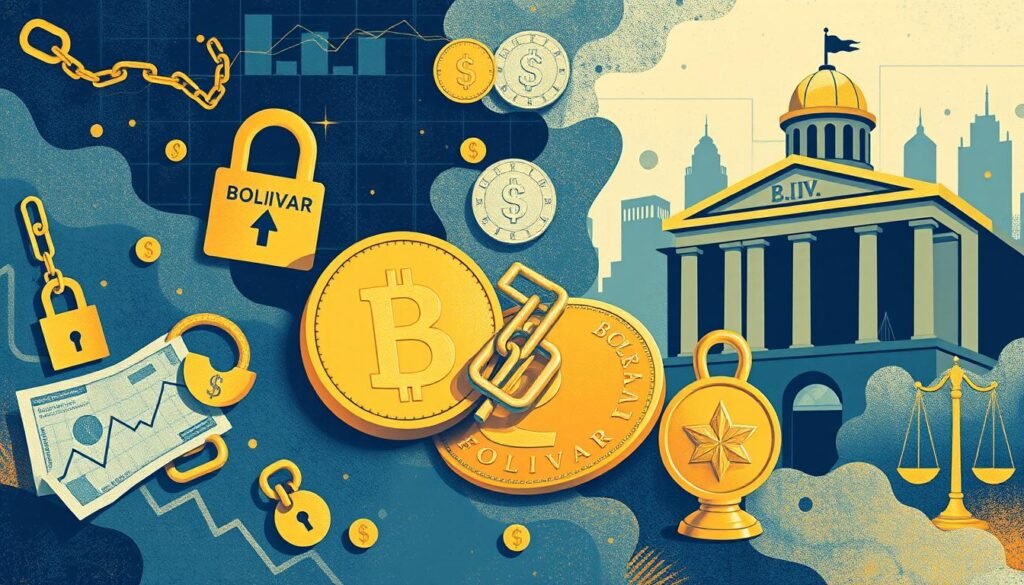
In 2003, Venezuela’s government put strict controls on currency to tackle the bolivar crisis and stabilize the Venezuelan economy15. These steps were to stop money from leaving the country and keep the Bolivar Fuerte’s value16.
The Central Bank set the Official Exchange Rate at Bs. F. 2.15 per US dollar, controlling foreign currency access15. People and businesses needed permission and had to sign up with Rusad to get foreign currency15.
These rules made buying and selling foreign currency hard and rare16. Companies found it tough to bring in goods because getting foreign currency was hard16. This slowed down the economy and made the bolivar crisis worse16.
Also, a black market for currency emerged, where the Bolivar Fuerte lost even more value against the US dollar16. This made inflation worse, hitting 56.2% last year16. It really hurt the Venezuelan economy a lot.
Overall, these currency controls made it hard to stop money from leaving and keep the currency stable16. They showed how tough it is for Venezuela during its economic troubles16.
Current Challenges and Economic Impact
The Venezuelan economy is facing big problems, known as the bolivar crisis. These issues have changed how people live and do business in the country.
Hyperinflation Effects
Hyperinflation started in 2016, making the Bolivar Fuerte almost worthless17. This inflation has made it hard for people to buy everyday items17. In 2018, inflation hit one million percent, causing food and medicine shortages17.
Alternative Currency Usage
Many Venezuelans now use the US dollar and cryptocurrencies for their money needs18. These alternatives are seen as more reliable, helping people and businesses deal with the bolivar crisis.
Business Adaptations
Businesses have had to find new ways to stay afloat. They’ve changed their prices to keep up with inflation and started accepting digital payments18. Some have also expanded their operations to use less local currency, helping them cope with the bolivar crisis.
Conclusion: The Future of Venezuela’s Currency System
The Bolivar Fuerte has had a big impact on Venezuela’s economy. In 2018, they changed to the Bolivar Soberano to fight inflation. But, inflation kept going up, hitting over 56,000%19.
In 2021, they introduced the Digital Bolivar to try and fix things20. But, the bolivar has lost almost all its value against the dollar19. This makes everyday life and trust in the economy very hard.
They also tried the Petro cryptocurrency to get around US sanctions and link it to oil20. But, the Petro didn’t work well and people didn’t trust it2021.
The future of Venezuela’s money system depends on good money policies and working with other countries. Moving to digital money is both a chance and a risk for Venezuela. They need to beat inflation and make people trust the money again for the economy to grow.
Knowing about these issues helps us understand the problems and possible fixes for Venezuela’s money situation. Keeping up with bolivar news is key to knowing what’s next for Venezuela’s economy.
FAQ
What is the Bolivar Fuerte?
How did the Bolivar Fuerte combat inflation in Venezuela?
What were the key features and denominations of the Bolivar Fuerte?
How was the Bolivar Fuerte integrated into Venezuela’s banking system?
What was the exchange rate of the Bolivar Fuerte to the US dollar?
Why did the bolivar black market emerge during the Bolivar Fuerte era?
How did hyperinflation affect the Bolivar Fuerte and Venezuela’s economy?
What measures did I take to secure transactions in Bolivar Fuerte?
What were the challenges of using Bolivar Fuerte for daily transactions?
What lessons can be learned from the Bolivar Fuerte era for Venezuela’s future currency reforms?
Source Links
- Venezuela’s New Digital Bolivar Isn’t Digital, and It Won’t Solve the Country’s Economic Crisis – https://finance.yahoo.com/news/venezuela-digital-bolivar-isn-t-215811081.html
- How to Pronounce English Naturally | YouGlish – https://youglish.com/pronounce/bolivar fuerte/english
- Littler Global Guide – Venezuela – Q1 2018 – https://www.littler.com/publication-press/publication/littler-global-guide-venezuela-q1-2018
- Venezuelan Currency: The Bolivar Fuerte – https://www.banknoteworld.com/blog/venezuelan-currency-the-bolivar-fuerte/?srsltid=AfmBOopYlcFZVcqgWuA7ZaujIGamht3-gnGxGsmysXCDt2hvTf5SqZG4
- Venezuelan Bolivar (VEB): Overview, History, FAQ – https://www.investopedia.com/terms/forex/v/veb-venezuelan-bolivar.asp
- Venezuelan bolívar – https://en.wikipedia.org/wiki/Venezuelan_bolívar
- A Brief History of Venezuelan Bolivar – https://www.banknoteworld.com/blog/a-brief-history-of-venezuelan-bolivar/
- Venezuelan Currency: The Bolivar Fuerte – https://www.banknoteworld.com/blog/venezuelan-currency-the-bolivar-fuerte/?xcgetwp=1&srsltid=AfmBOoo8XRHMcS3KersjszAwnFPqzxBOQDlNEL4iSf9Addg7PqGGmww6
- Venezuela Devaluates Bolivar Currency by 32% – Venezuelanalysis – https://venezuelanalysis.com/news/7700/
- PDF – https://ledger.pitt.edu/ojs/ledger/article/download/170/157/891
- A Complete Guide to Fundamental Analysis in Forex – Orbex Forex Trading Blog – https://www.orbex.com/blog/en/2017/07/fundamental-analysis-forex
- Venezuela to Give Currency New Name and Numbers (Published 2007) – https://www.nytimes.com/2007/03/18/world/americas/18venezuela.html
- What Happened When Venezuela Outlawed Its Own Currency (Published 2016) – https://www.nytimes.com/interactive/2016/12/30/world/americas/venezuela-hyperinflation-100-bolivar-maduro.html
- Venezuelan Currency: The Bolivar Fuerte – https://www.banknoteworld.com/blog/venezuelan-currency-the-bolivar-fuerte/?srsltid=AfmBOor_YBsNVmo46V00tmJ1Po7lJ_jAZB7ioZgooJI_lSSK4I6xDapk
- PDF – https://www.menpa.com/archivos/0e1df34229d0ac1cecc1Exchange Control Regulations in Venezuela.pdf
- The Pros and Cons of Venezuela’s Currency Controls – Venezuelanalysis – https://venezuelanalysis.com/analysis/10317/
- PDF – https://digitalcommons.liberty.edu/cgi/viewcontent.cgi?article=1934&context=honors
- Venezuela – Services, Infrastructure, Economy | Britannica – https://www.britannica.com/place/Venezuela/Services
- Venezuela Has Hyperinflation. Now What? – https://mises.org/mises-wire/venezuela-has-hyperinflation-now-what
- Venezuela is Patient Zero Challenging The Western Financial System with Bitcoin – https://inca.digital/intelligence/venezuela/
- Understanding the Venezuelan Crisis and Analyzing its Impact on India – https://www.icwa.in/show_content.php?lang=1&level=1&ls_id=6032&lid=3468

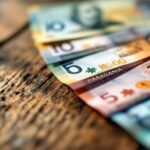
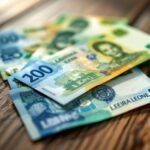
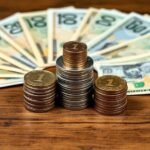

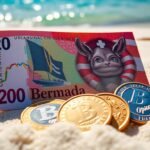
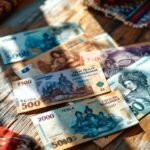
Id argue that the article doesnt fully cover the inflationary impacts on the common Venezuelans day-to-day life. Also, how does the Bolivar Fuerte compare to the Petro cryptocurrency?
Interesting read! But, shouldnt the guide also discuss the causes and impacts of the hyperinflation on the Bolivar Fuerte? Just a thought, to give it a more holistic view.